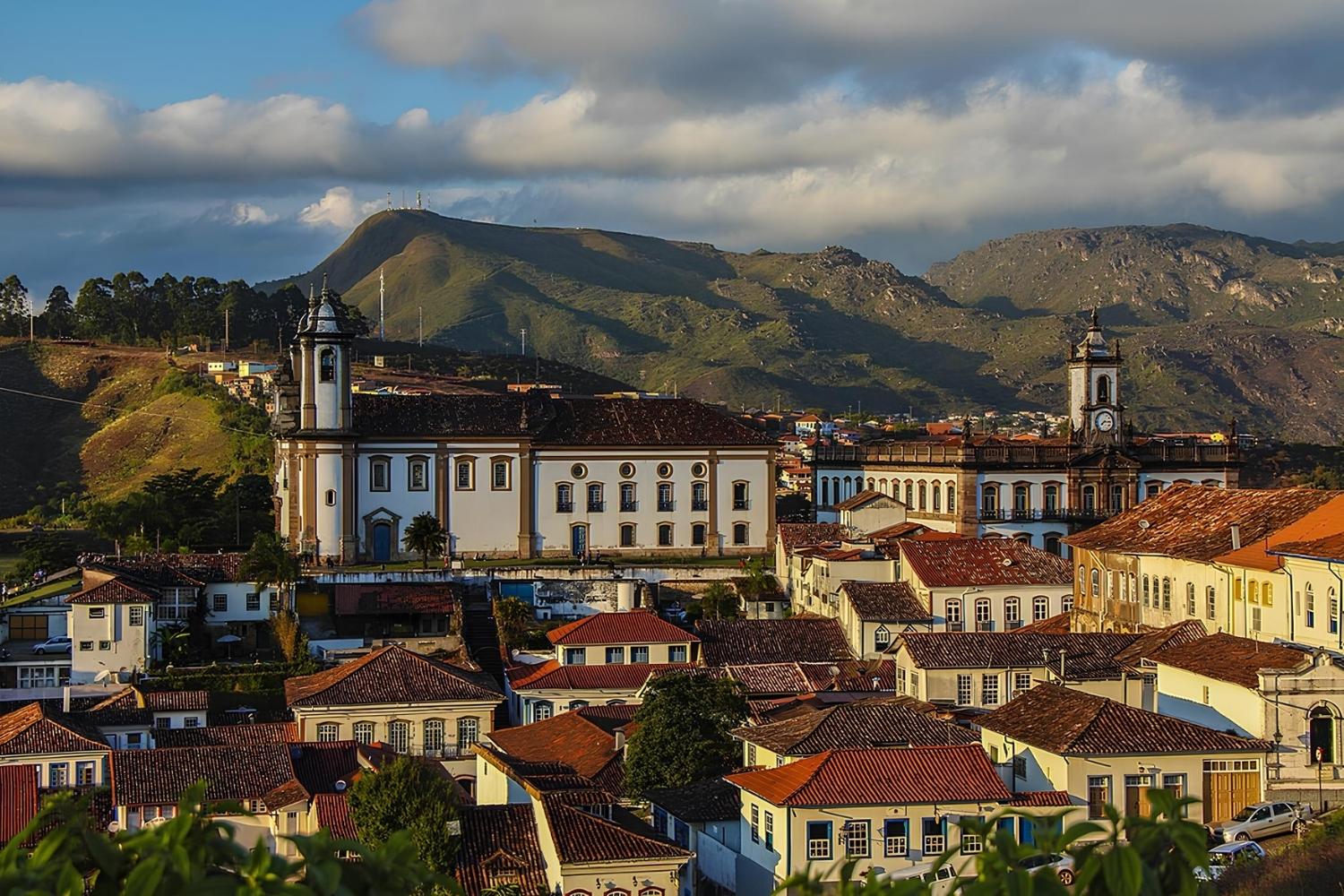
Did you know that Brazil is home to over 5,500 municipalities? Each one has its own unique charm, history, and culture. From bustling metropolises like São Paulo and Rio de Janeiro to quaint towns nestled in the Amazon rainforest, Brazil's municipalities offer a diverse tapestry of experiences. Whether you're interested in vibrant festivals, stunning natural landscapes, or rich historical sites, there's something for everyone. In this blog post, we'll uncover 27 fascinating facts about these municipalities that highlight their significance and allure. Get ready to be amazed by the intriguing details and hidden gems that make Brazil's municipalities truly special.
Key Takeaways:
- Brazil has 5,570 municipalities with their own local government, responsible for essential services like education and healthcare. Each municipality reflects Brazil's diverse history and culture.
- Municipalities in Brazil contribute to the country's economy and are home to diverse ecosystems, from the economic powerhouse of São Paulo to the beautiful beaches of Florianópolis.
Brazil's Municipalities: A Snapshot
Brazil is a vast country with diverse regions, cultures, and histories. Its municipalities play a crucial role in the nation's governance and daily life. Here are some fascinating facts about these municipalities.
- Brazil has 5,570 municipalities, each with its own local government.
- São Paulo is the largest municipality by population, with over 12 million residents.
- The smallest municipality by population is Serra da Saudade, with fewer than 1,000 inhabitants.
- Municipalities are divided into urban and rural areas, each with distinct characteristics.
- Each municipality is governed by a mayor and a municipal council.
- Municipal elections are held every four years, with mayors and councilors elected by popular vote.
- Municipalities have the power to create their own laws, as long as they do not conflict with state or federal laws.
- The largest municipality by area is Altamira, covering over 159,000 square kilometers.
- The smallest municipality by area is Santa Cruz de Minas, with just 3.5 square kilometers.
- Municipalities are responsible for providing essential services like education, healthcare, and sanitation.
Historical and Cultural Insights
Brazil's municipalities are rich in history and culture, reflecting the country's diverse heritage. Here are some intriguing historical and cultural facts.
- Ouro Preto, a municipality in Minas Gerais, was once the capital of the state and is known for its well-preserved colonial architecture.
- Salvador, the capital of Bahia, was the first capital of Brazil and is famous for its Afro-Brazilian culture.
- The municipality of Paraty, in Rio de Janeiro, is a UNESCO World Heritage site known for its colonial buildings and natural beauty.
- São Luís, the capital of Maranhão, has a historic center with over 3,500 buildings from the 18th and 19th centuries.
- The municipality of Olinda, in Pernambuco, is renowned for its vibrant Carnival celebrations and colonial architecture.
- Manaus, the capital of Amazonas, is a gateway to the Amazon rainforest and has a rich history tied to the rubber boom.
- The municipality of Petrópolis, in Rio de Janeiro, was the summer residence of Brazil's emperors and has many historic buildings.
- Curitiba, the capital of Paraná, is known for its innovative urban planning and green spaces.
- The municipality of Gramado, in Rio Grande do Sul, is famous for its European-style architecture and annual film festival.
- Brasília, the capital of Brazil, is a planned city with unique modernist architecture designed by Oscar Niemeyer.
Economic and Environmental Aspects
Brazil's municipalities contribute significantly to the country's economy and are home to diverse ecosystems. Here are some economic and environmental facts.
- São Paulo is the economic powerhouse of Brazil, contributing about 10% of the country's GDP.
- The municipality of Rio de Janeiro is a major tourist destination, attracting millions of visitors each year.
- Belo Horizonte, the capital of Minas Gerais, is a hub for mining and metallurgy industries.
- The municipality of Porto Alegre, in Rio Grande do Sul, is an important center for agriculture and livestock.
- The Pantanal, the world's largest tropical wetland, spans several municipalities in Mato Grosso and Mato Grosso do Sul.
- The Amazon rainforest, which covers many municipalities in northern Brazil, is home to an incredible diversity of flora and fauna.
- The municipality of Florianópolis, in Santa Catarina, is known for its beautiful beaches and thriving tech industry.
Final Glimpse at Brazilian Municipalities
Brazilian municipalities are fascinating. From their unique cultural heritage to their diverse ecosystems, they offer a rich tapestry of experiences. Each municipality has its own story, shaped by history, geography, and the people who call it home. Whether you're intrigued by the bustling urban centers or the serene rural landscapes, there's something for everyone.
Understanding these municipalities helps appreciate Brazil's complexity. The blend of indigenous, African, and European influences creates a vibrant cultural mosaic. The natural beauty, from the Amazon rainforest to the Pantanal wetlands, adds another layer of wonder.
Exploring these facts not only broadens knowledge but also deepens appreciation for Brazil's rich diversity. So next time you think of Brazil, remember it's more than just Rio de Janeiro or São Paulo. It's a country full of hidden gems waiting to be discovered.
Frequently Asked Questions
Was this page helpful?
Our commitment to delivering trustworthy and engaging content is at the heart of what we do. Each fact on our site is contributed by real users like you, bringing a wealth of diverse insights and information. To ensure the highest standards of accuracy and reliability, our dedicated editors meticulously review each submission. This process guarantees that the facts we share are not only fascinating but also credible. Trust in our commitment to quality and authenticity as you explore and learn with us.
